Laminate Flooring Installers
Fill in your details below - we'll reach out to schedule a free quote!
We will get back to you as soon as possible
Please try again later
Local Laminate Flooring Installers
At JD Flooring, we believe that your home deserves the best flooring possible. That's why we only work with the most experienced and reliable laminate flooring installers in your area.
We know that getting new flooring installed can be a big investment, so we make sure to only work with installers who will treat your home with the utmost care.
Whether you're looking for a traditional wood look or something more modern, we have you covered. So if you're in the market for new laminate flooring, be sure to give us a call at JD Flooring.
We'll help you find the perfect option for your home and make sure it's installed by a professional who will take great care of your investment.
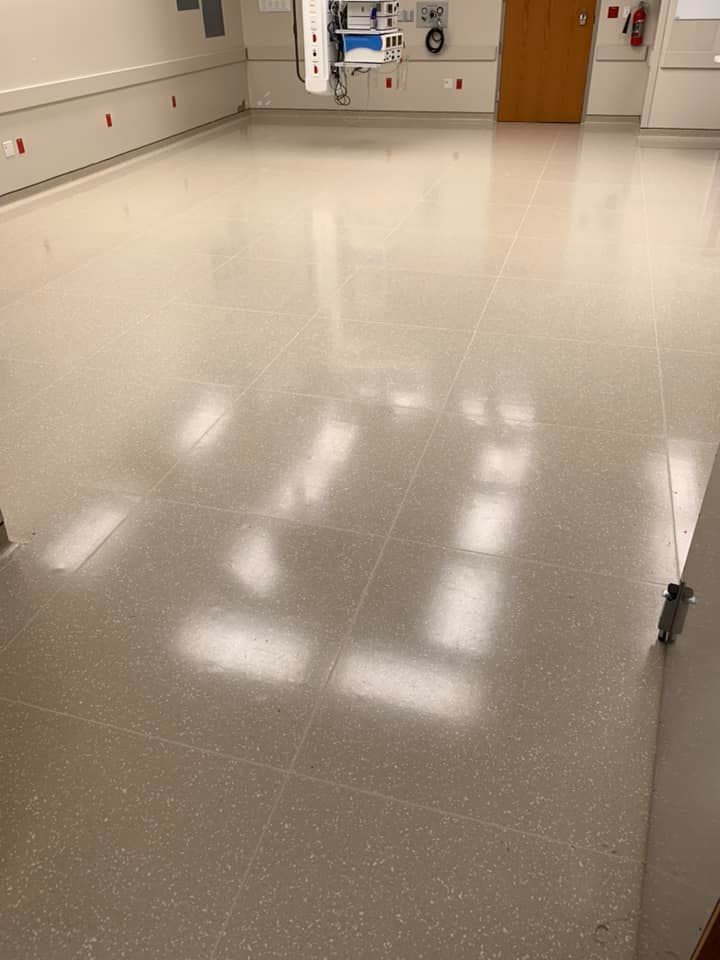
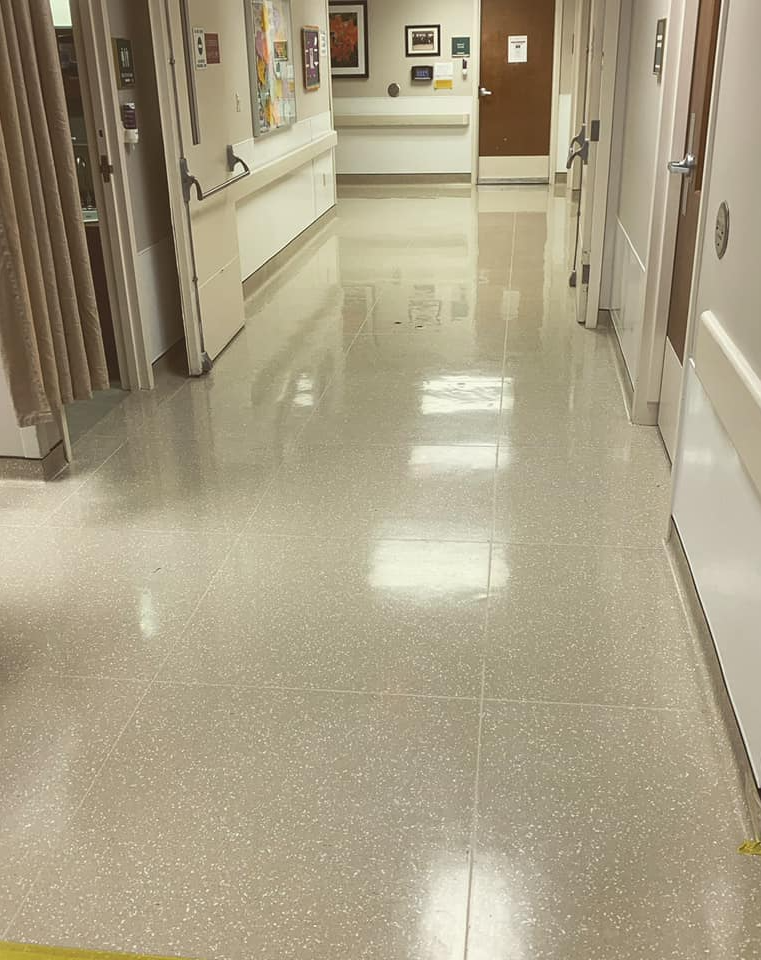
Laminate Floor Installation Contractors
We are a team of laminate floor installation contractors who are licensed and insured, so you can rest assured that your floors will be installed correctly and safely.
We also offer a wide range of laminates to choose from, so you can find the perfect style for your home or business.
In addition, we offer a variety of services to meet your needs, including repairs, replacement, and even custom design.
Whether you need new floors for your home or office, or you're looking to update your existing floors, JD Flooring is the right choice for you.
Contact us today to learn more about our services and how we can help you achieve the perfect look for your space.
What is Laminate Flooring?
Laminate flooring is a type of flooring that consists of multiple layers of material bonded together.
The top layer is a clear, tough wear layer that protects the design layer beneath. The design layer is a high-resolution photograph of the desired flooring material, such as wood, stone, or ceramic tile.
The core layer is made of either fiberboard or particleboard, which gives the laminate its strength and stability.
Finally, the backing layer provides additional stability and prevents moisture damage.
Laminate flooring is a versatile and durable option that can mimic the look of more expensive materials without the high price tag.
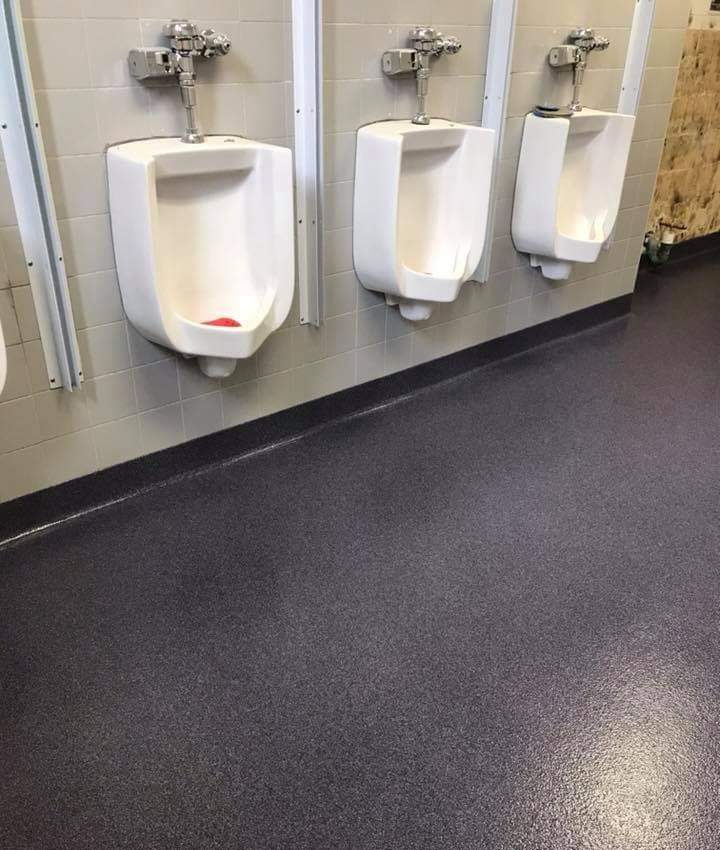
Types of Laminate Flooring
There are a few popular types of laminate flooring, categorized by how they're installed. The most popular are glueless click-lock, pre-glued laminate and glue-down laminate.
We'll cover all three in the following section.
Glueless Click-Lock
Glueless click-lock laminate flooring is a type of flooring that consists of boards that snap together without the use of glue or other adhesives.
The boards are made up of multiple layers, including a wear layer, a design layer, and a core layer. The wear layer is the topmost layer and it protects the floor from scratches, stains, and fading.
The design layer is what gives the floor its appearance, and it can be made to look like almost any type of material, including wood, stone, or tile.
The core layer is made up of either high-density fiberboard or particleboard and it gives the floor its strength and stability.
Glueless click-lock laminate floors are easy to install and they can be used in both residential and commercial settings.
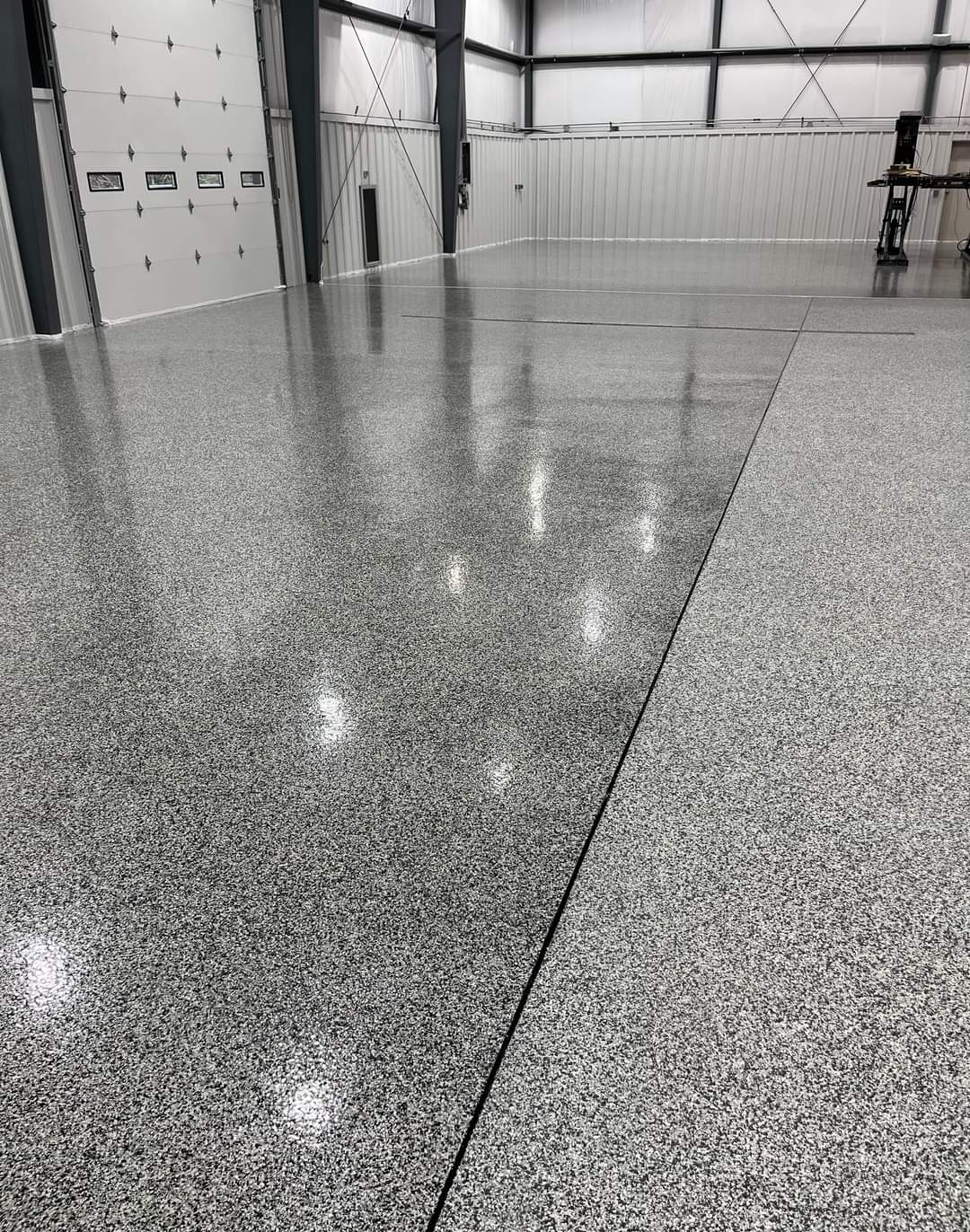
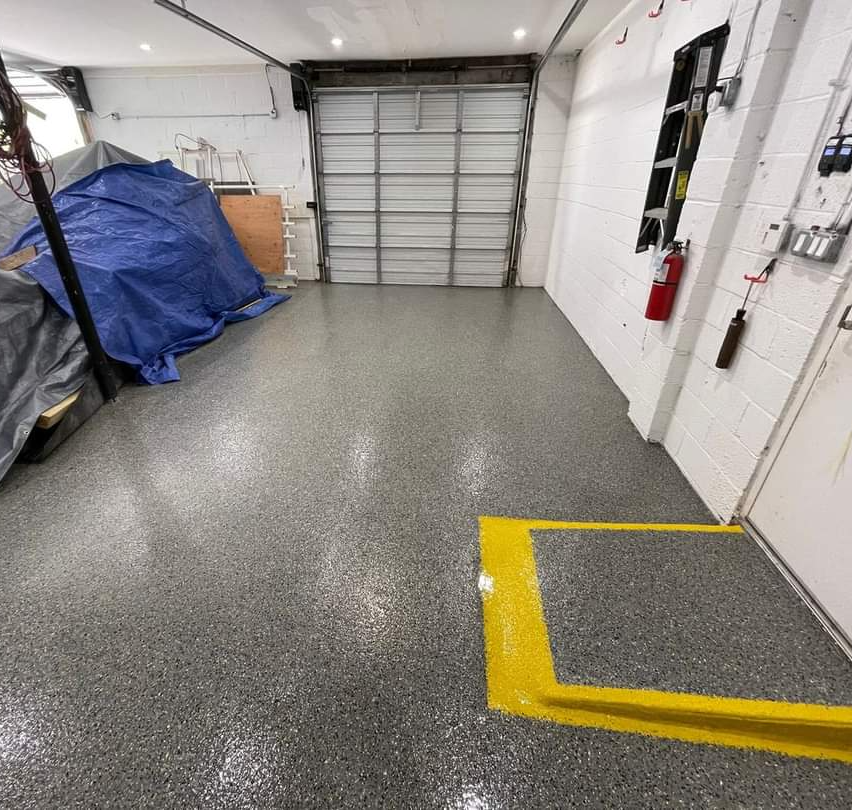
Pre-Glued Laminate
Pre-glued laminate flooring is a type of flooring that has an adhesive material already applied to it.
This makes it easier to install than traditional laminate flooring, as you don't have to worry about applying the adhesive yourself.
However, pre-glued laminate flooring can be more expensive than traditional laminate flooring, and it is not always as durable.
If you are considering installing laminate flooring in your home, be sure to weigh the pros and cons of pre-glued laminate flooring before making your final decision.
Glue-Down Laminate
Glue-down laminate flooring is a type of laminate flooring that is installed by applying glue directly to the subfloor.
Glue-down installation is often considered to be more durable and stable than floating floors, making it a good choice for areas that experience high traffic or moisture.
One of the main benefits of glue-down laminate flooring is that it can be installed over almost any type of subfloor, including concrete, vinyl, and wood.
Additionally, glue-down laminate floors are less likely to show gaps or buckling over time.
However, one drawback of glue-down installation is that it generally requires the help of a professional installer.
If you're considering laminate flooring for your home, be sure to ask your flooring specialist about whether glue-down installation is right for you.
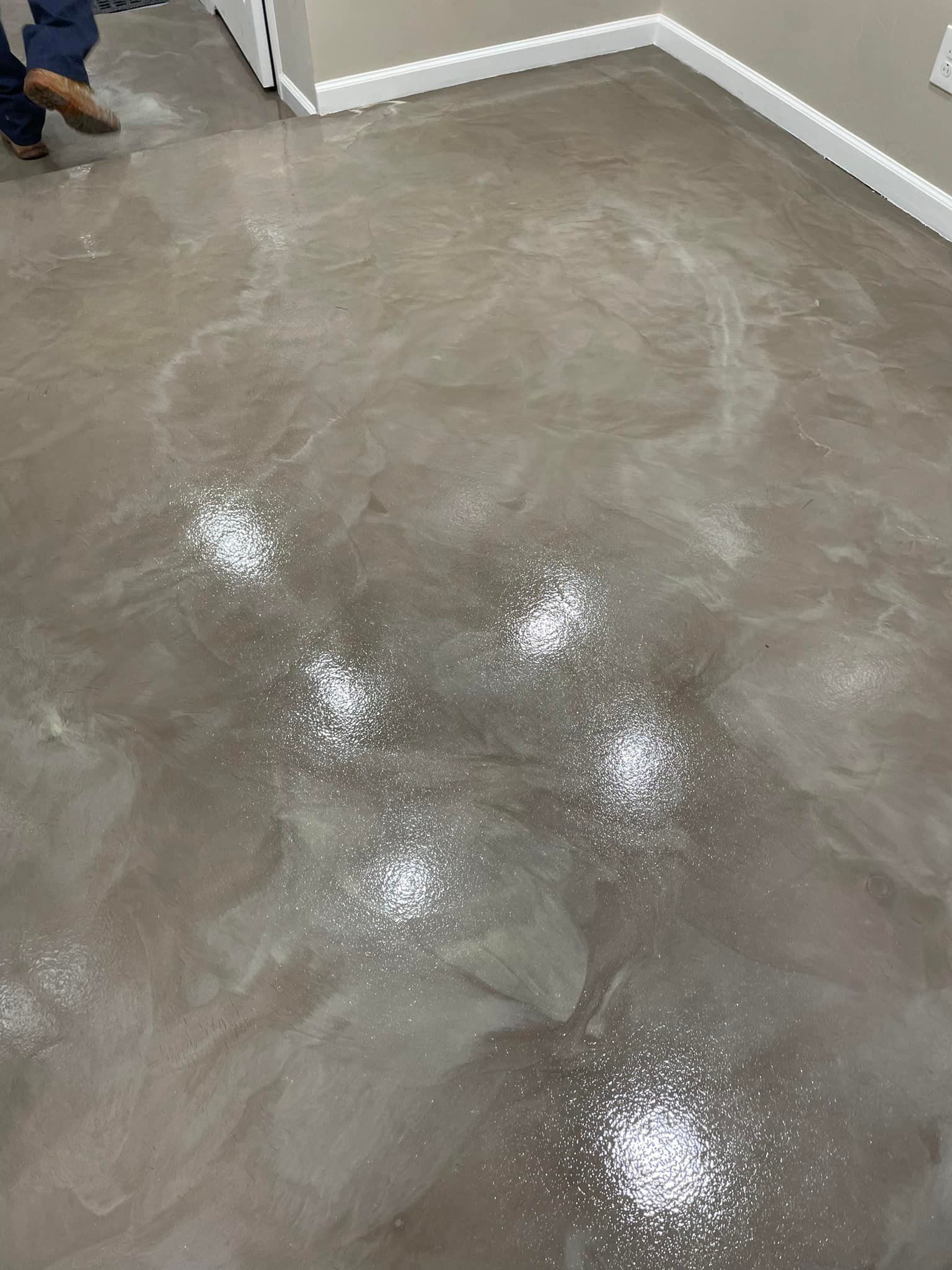
Laminate Flooring Textures
Laminate flooring is available in a variety of textures, including smooth, embossed, and hand-scraped or distressed.
We'll go over them in more detail in this section.

Embossed
Embossed laminate flooring is a type of flooring that has a raised, textured surface. The design is created by pressing an image into the laminate material.
This can create a variety of different looks, from wood grain to stone. Embossed laminate flooring is more durable than flat laminate and resistance to scratches and scuffs.
It is also easier to clean, as dirt and debris are less likely to become trapped in the texture.
As a result, embossed laminate flooring is a popular choice for high-traffic areas such as kitchens and living rooms.
Smooth
Smooth laminate flooring is a type of flooring that has a flat, non-textured surface.
Smooth laminate is less durable than embossed laminate, as it is more susceptible to scratches and scuffs.
However, smooth laminate is easier to clean, as dirt and debris are less likely to become trapped in the texture.
Smooth laminate flooring is a popular choice for bedrooms and other low-traffic areas.
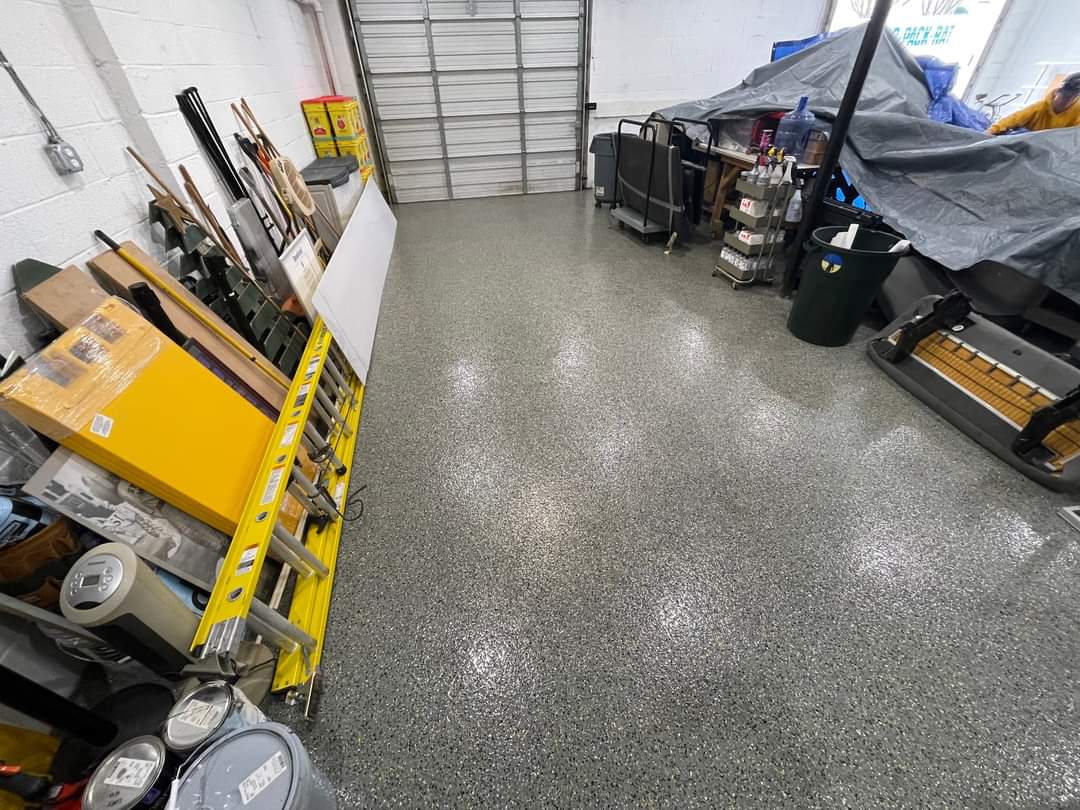
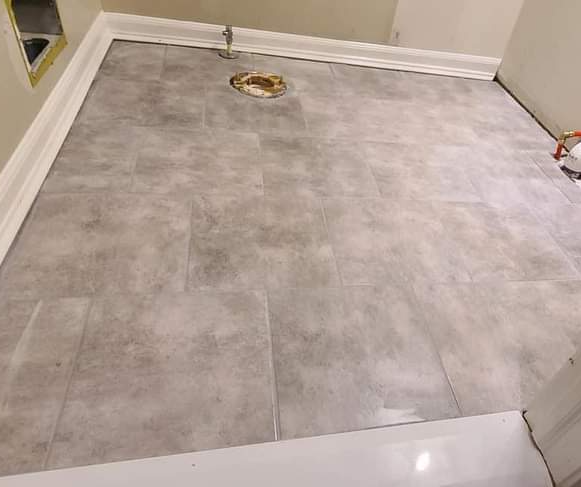
Distressed
Distressed laminate flooring is a type of flooring that has a textured surface that simulates the look of worn or distressed wood.
The design is created by hand-scraping or sanding the laminate material.
Distressed laminate flooring is more durable than smooth laminate and it can resist scratches and scuffs.
Additionally, distressed laminate is less likely to show dirt and debris, making it a good choice for high-traffic areas.
Laminate Flooring Materials
Laminate flooring is made from a variety of different materials, including wood, plastic, and metal.
The type of material you choose will affect the appearance, durability, and price of your laminate floor.
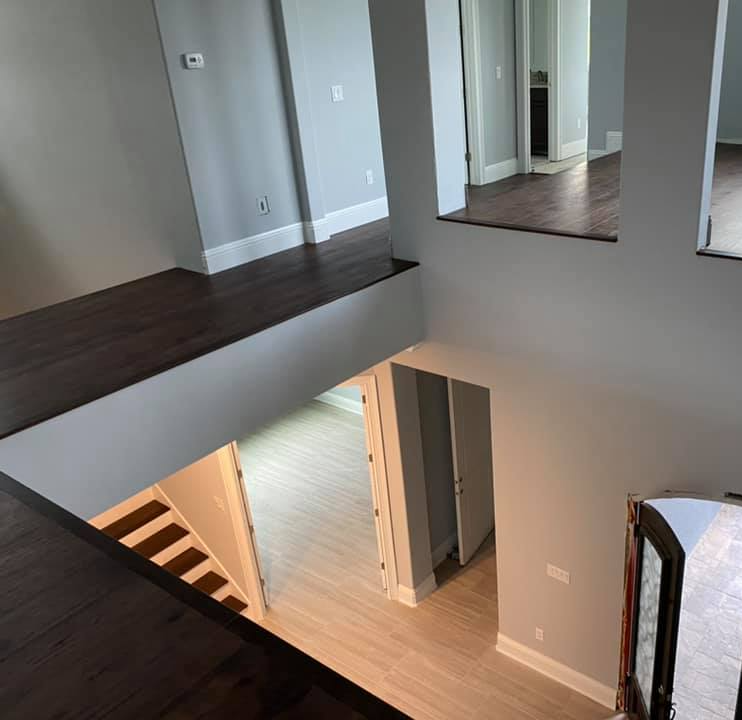
Wood
Wood laminate flooring is made from pieces of real wood that are glued together to create a plank.
Wood laminate floors are available in a variety of different wood species, including oak, maple, and cherry.
Wood laminate floors are more durable than solid wood floors and they can resist scratches and scuffs.
Additionally, wood laminate floors are easy to clean and they are less likely to show dirt and debris.
However, wood laminate floors can be more expensive than other types of laminate flooring.
Stone
Stone laminate flooring is made from pieces of real stone that are glued together to create a plank.
Stone laminate floors are available in a variety of different stone types, including granite, marble, and slate.
Stone laminate floors are more durable than solid stone floors and they can resist scratches and scuffs.
Additionally, stone laminate floors are easy to clean and they are less likely to show dirt and debris.
However, stone laminate floors can be more expensive than other types of laminate flooring.
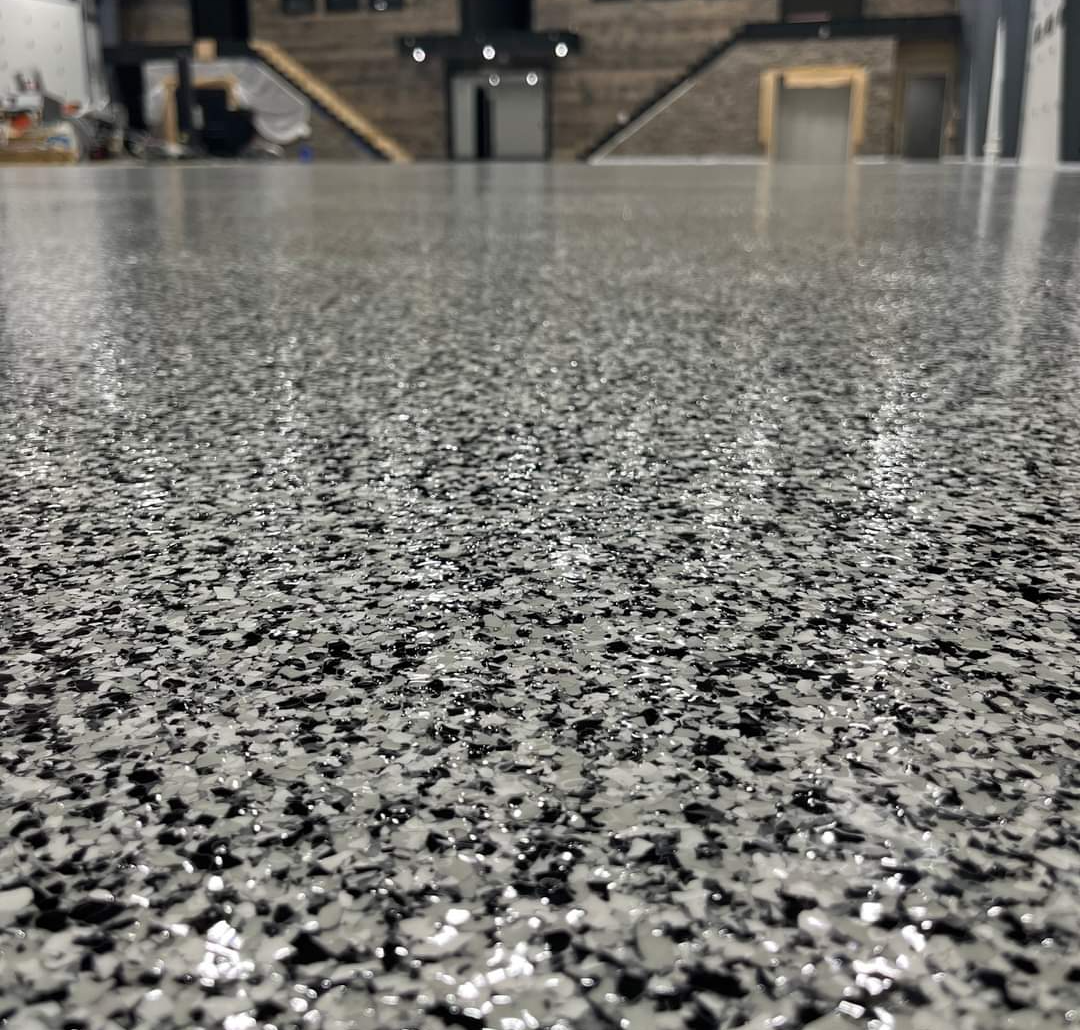
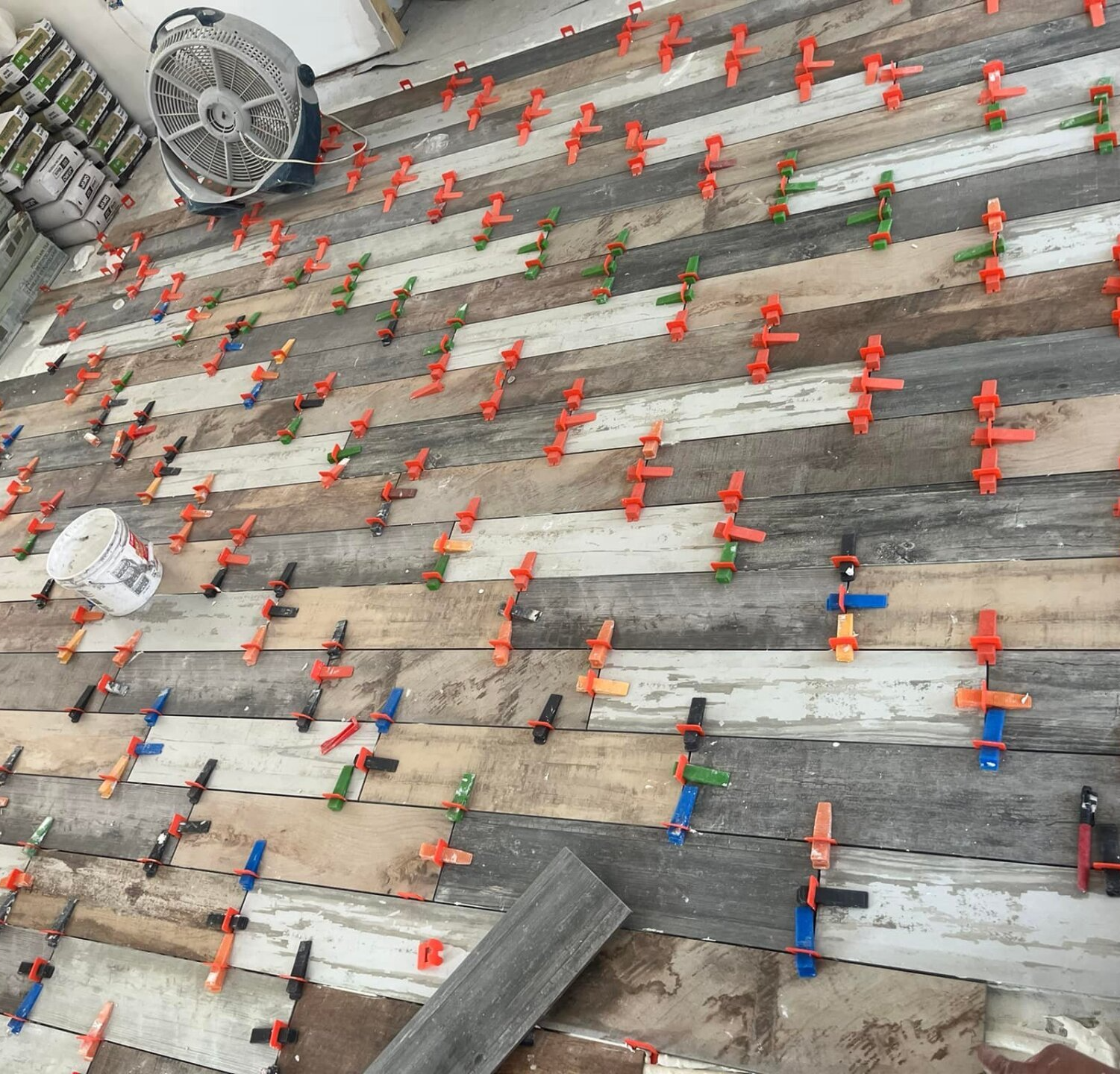
Tile
Tile laminate flooring is made from pieces of real tile that are glued together to create a plank.
Tile laminate floors are available in a variety of different tile types, including ceramic, porcelain, and glass.
Tile laminate floors are more durable than solid tile floors and they can resist scratches and scuffs.
Additionally, tile laminate floors are easy to clean and they are less likely to show dirt and debris.
However, tile laminate floors can be more expensive than other types of laminate flooring.
Synthetic
Synthetic laminate flooring is made from a variety of different materials, including plastic, metal, and paper.
Synthetic laminate floors are less durable than real wood or stone floors, but they are more resistant to scratches and scuffs.
Additionally, synthetic laminate floors are easy to clean and they are less likely to show dirt and debris.
However, synthetic laminate floors can be more expensive than other types of laminate flooring.
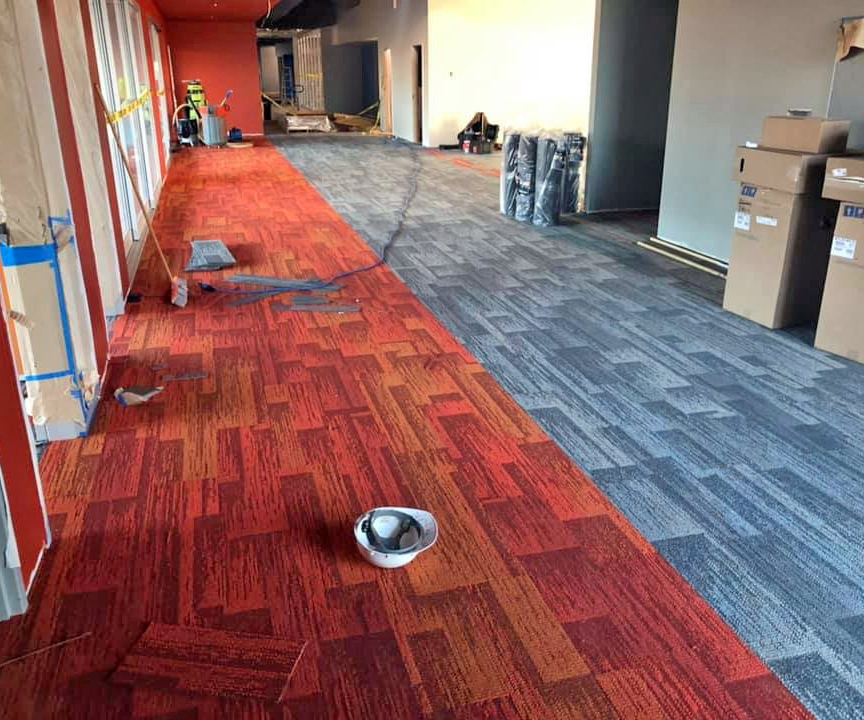
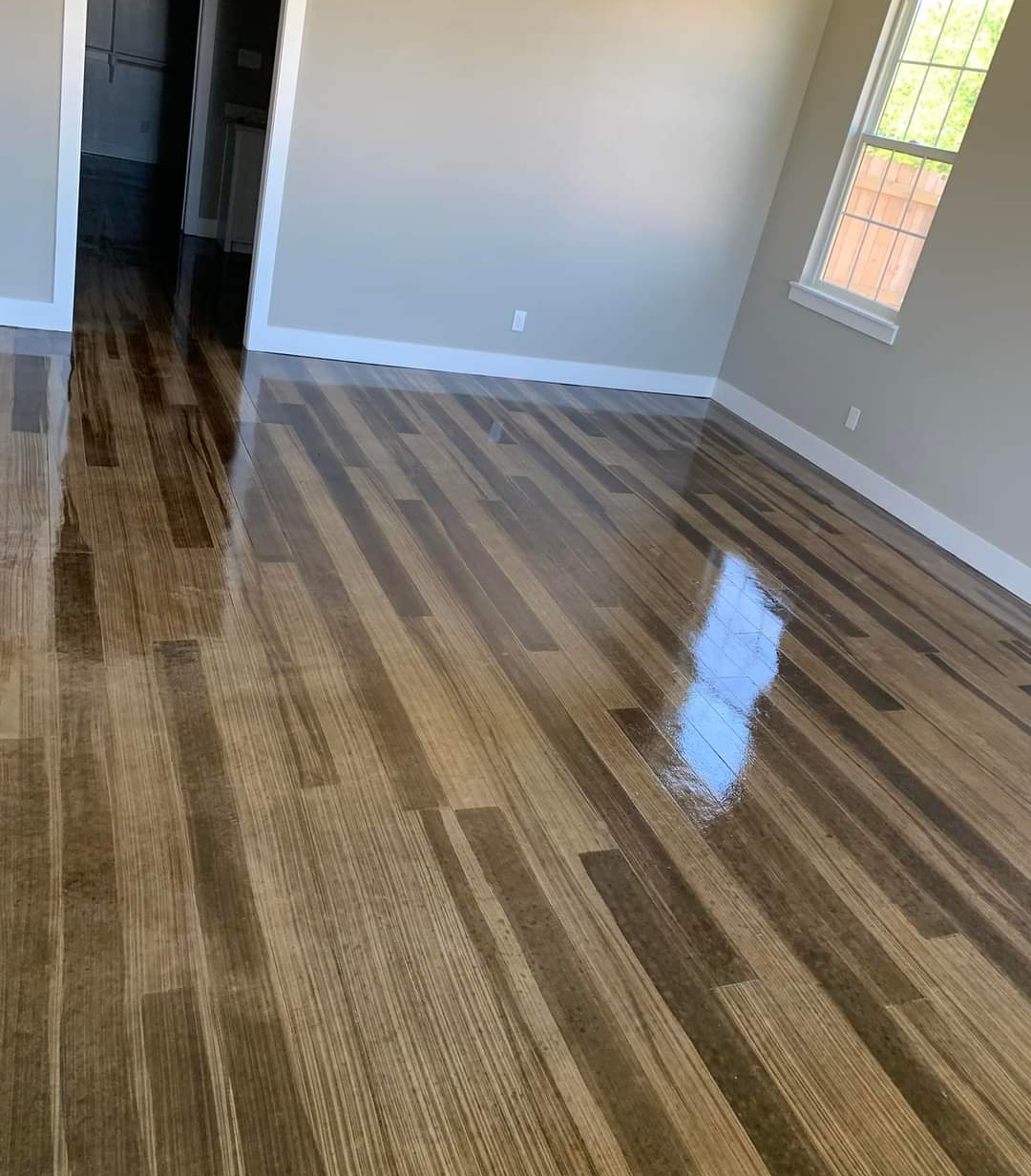
Benefits of Laminate Flooring
Laminate flooring has a number of benefits, including the following:
Easy to install – Laminate floors are easy to install and they can be installed over most types of existing flooring.
Easy to maintain – Laminate floors are easy to clean and they are resistant to scratches and scuffs.
Affordable – Laminate floors are more affordable than solid wood or stone floors.
Available in a variety of styles – Laminate floors are available in a variety of colors, textures, and patterns.
Laminate Flooring Installation Process
Laminate, though marketed as easy to install - still involves a process of preparation and precision in order to be done correctly.
We'll share a bit about our process in the following section.
Choose Your Laminate Flooring Product
The first step in the laminate flooring installation process is for the customer to choose their laminate flooring product.
Each product should be handled differently, according to manufacturer specifications.
Knowing which product will be installed will play a major role in the installation process going forward.
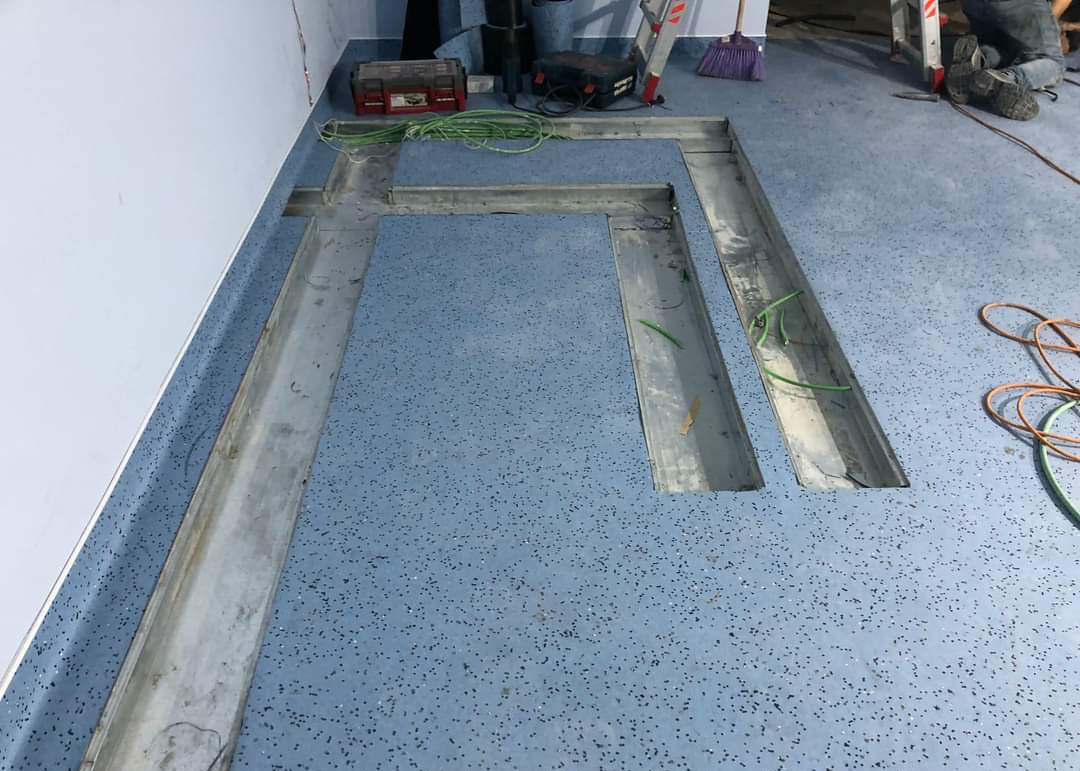
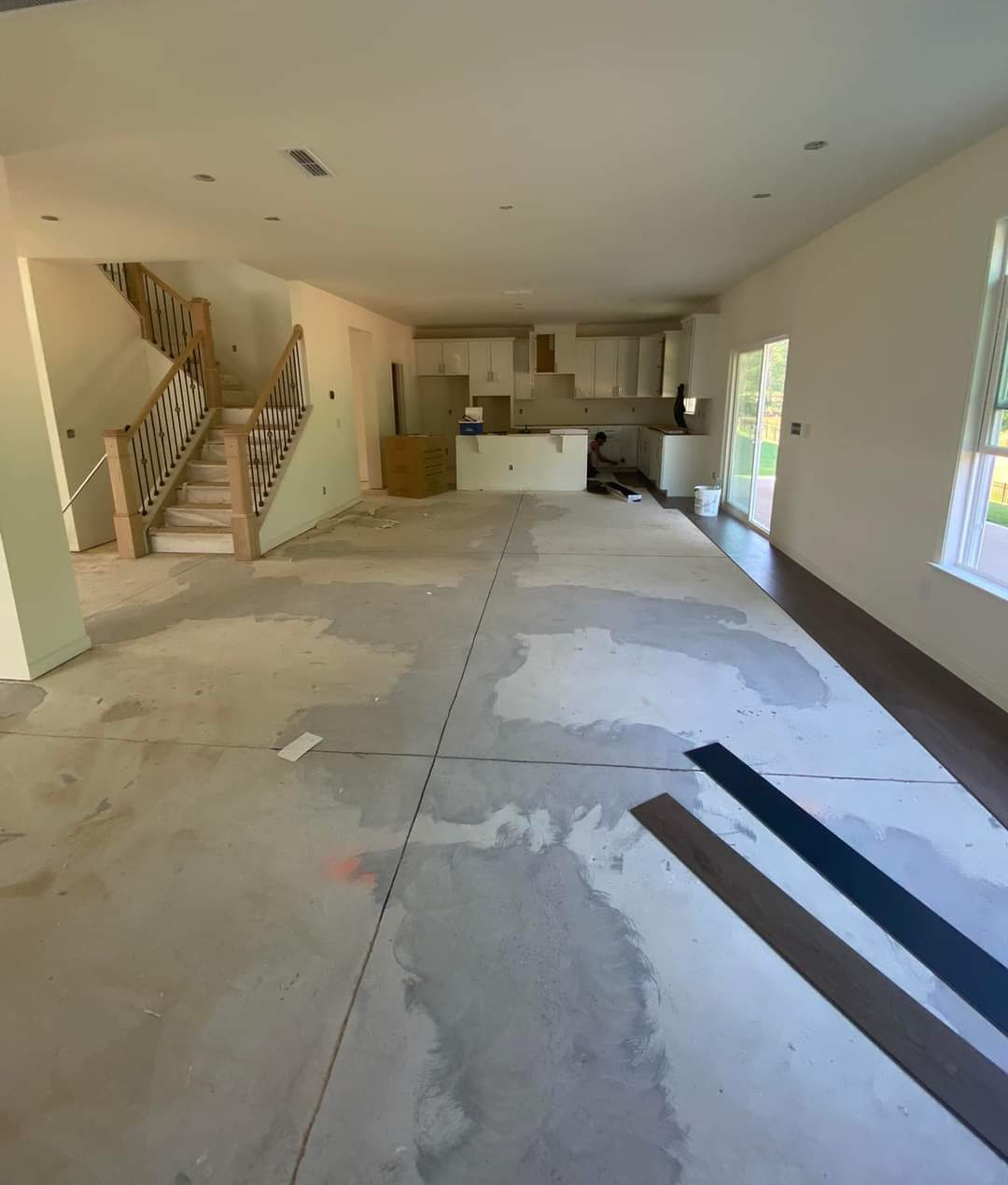
Remove Old Flooring
The second step in installing laminate flooring is to remove the old flooring. This can be done by either tearing it up or by sanding it down.
Removing the old flooring first is not always necessary, but is important because it will provide a smooth, level surface for the new laminate flooring to be installed on.
Prepare the Sub-Floor
The third step in the laminate flooring installation process is to prepare the sub-floor.
We do this by making sure the sub-floor is clean, level, and dry.
This is important in order to prevent the new laminate flooring from warping or buckling.
Trim Door Jambs
Step number four in the laminate flooring installation process is to trim the door jambs.
What we do is take a door jamb trimming tool and cut the door jambs to the proper height.
This is important because it allows the new laminate floor ing to fit snugly against the door jambs.
Install Underlayment
The fifth step in the laminate flooring installation process is to install the underlayment.
The underlayment is a thin layer of material that is laid down before the laminate flooring.
It provides a smooth, level surface for the laminate flooring to be installed on.
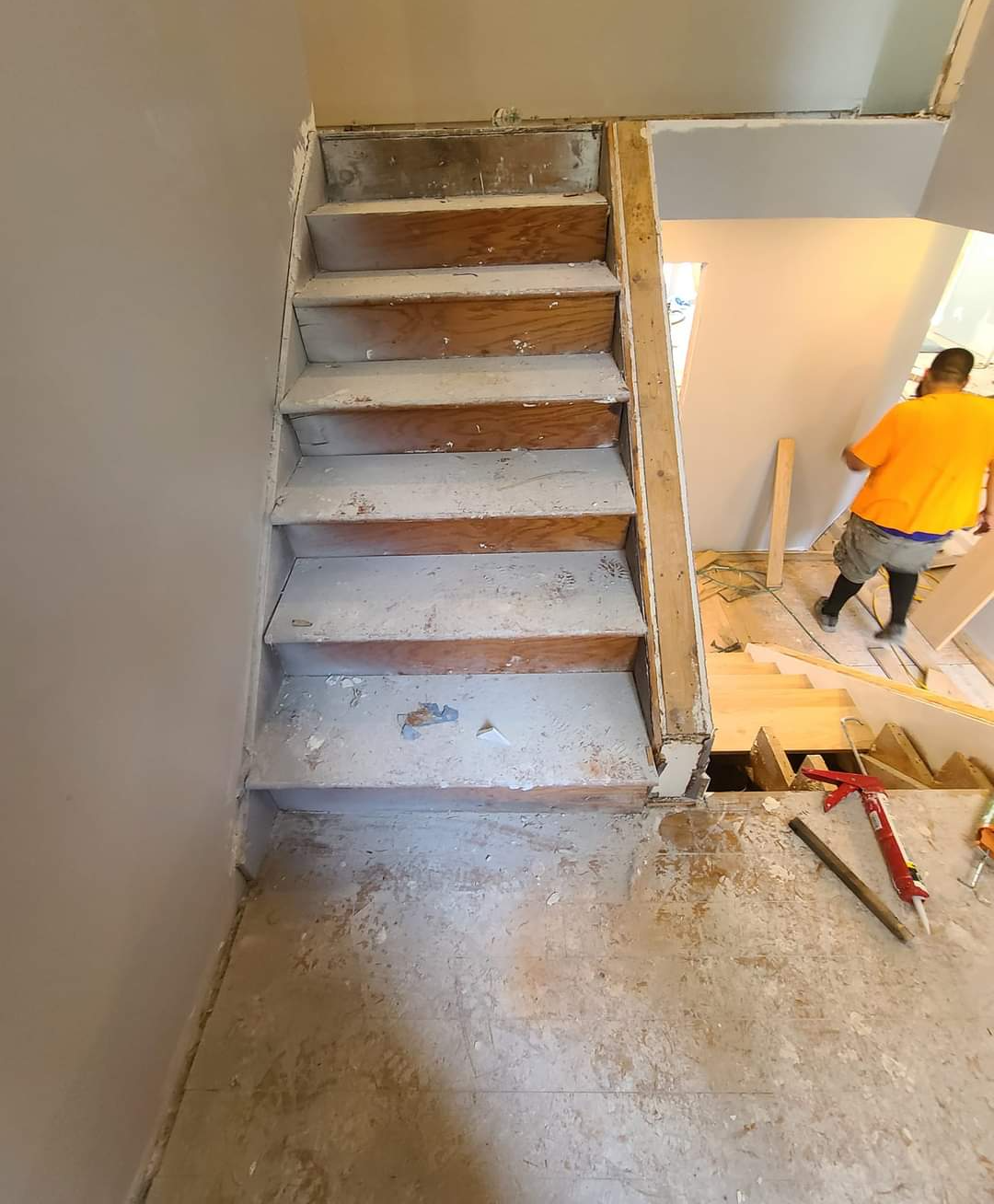
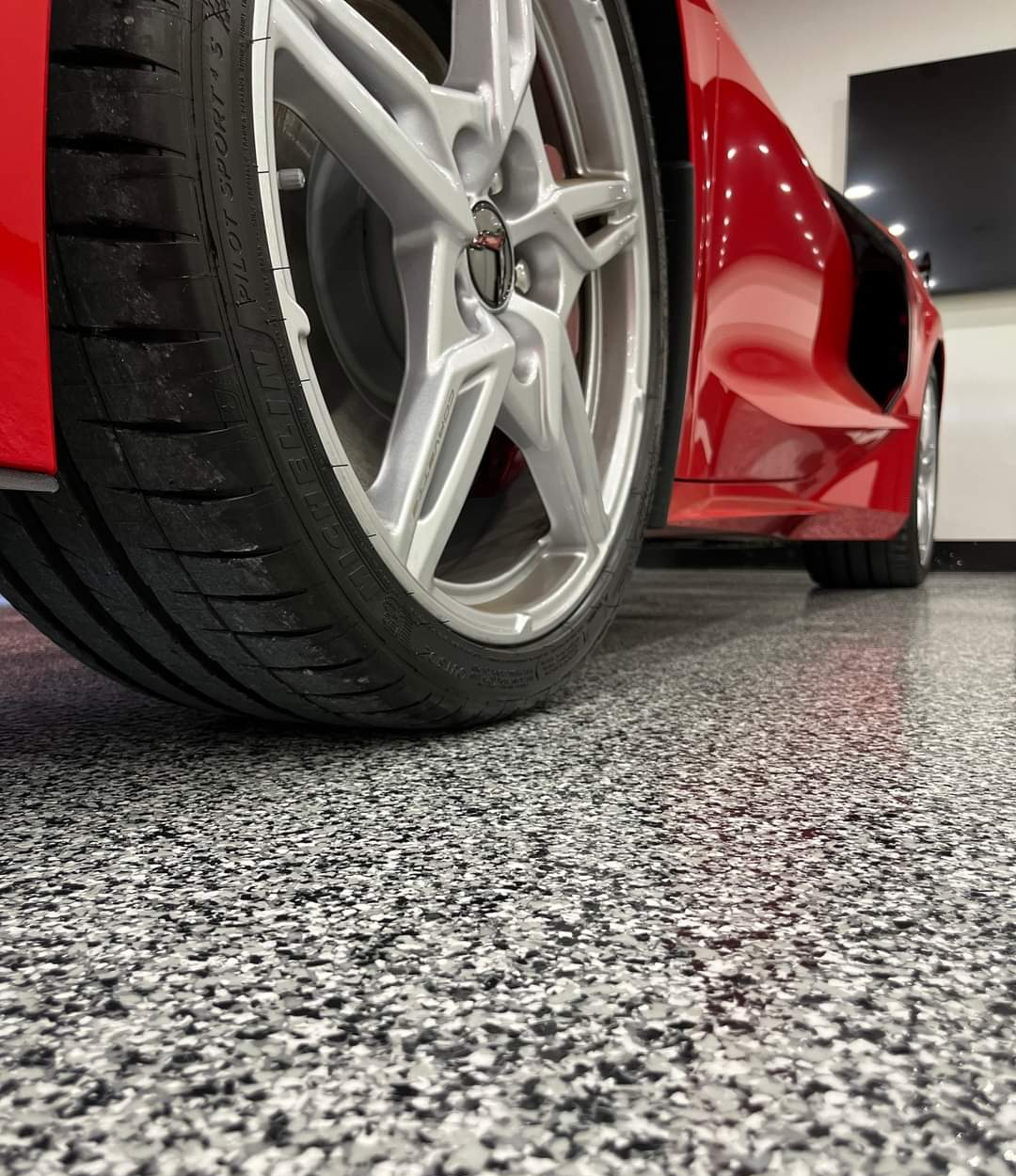
Lay the Laminate Flooring
Next, we go ahead and lay the laminate flooring. We do this by starting at the longest wall and working our way towards the shortest wall.
We also make sure to leave a gap around the perimeter of the room for expansion.
Finishing Touches
The final step in the laminate flooring installation process is to install molding and trim, and execute any other necessary finishing touches.
This is important because it gives the room a polished look and protects the edges of the laminate flooring from damage.
How to Maintain Laminate Floors
Laminate floors are easy to maintain and they are resistant to scratches and scuffs. However, there are a few things you can do to keep your laminate floors looking their best.
Here are a few tips for maintaining laminate floors:
- Regularly sweep or vacuum the floor to remove dirt and debris.
- Moist mop the floor with a damp cloth or mop to remove spills and stains.
- Wipe up spills as soon as possible to prevent staining.
- Use furniture pads or coasters on furniture legs to prevent scratching.
- Avoid using harsh chemicals or cleaners on the floor.
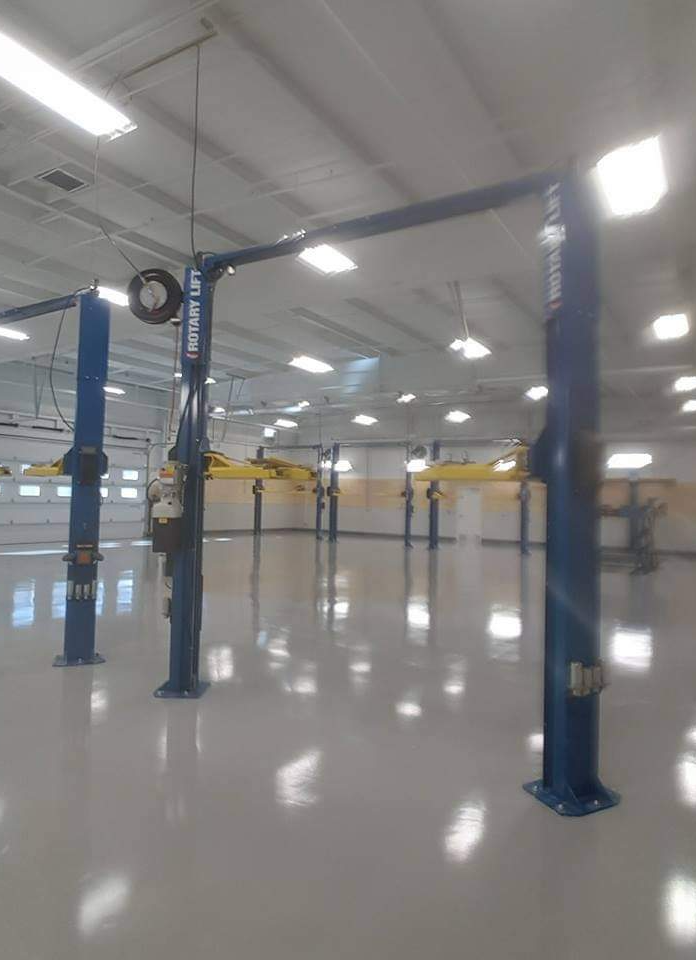
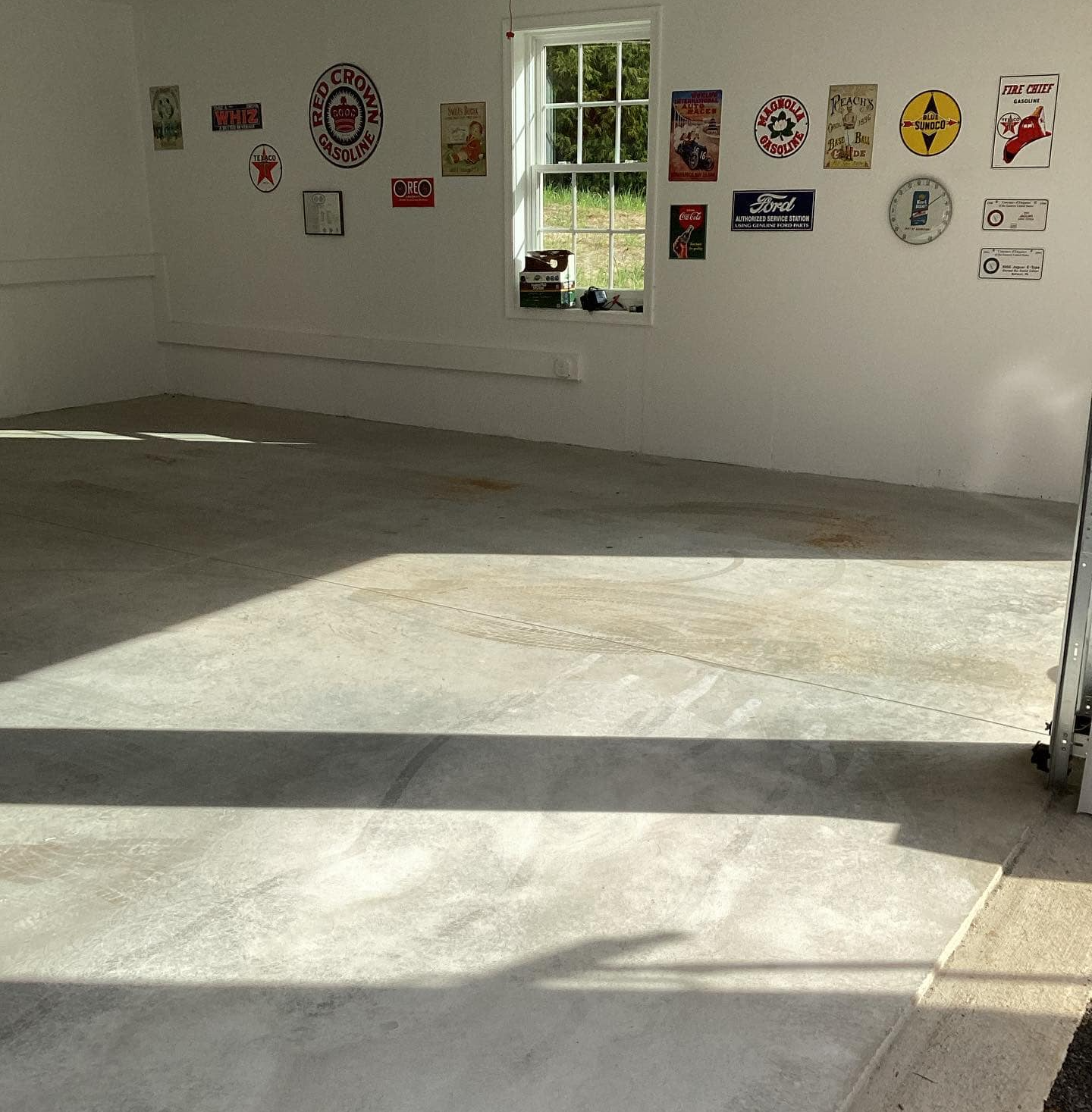
How Much Does it Cost to Install Laminate Floors?
The answer depends on a number of factors, including the type of laminate you choose, the size of your project, and the complexity of the installation.
If you choose a more complicated design or need to have custom cuts made, your costs will be higher.
Ultimately, the best way to get an accurate estimate is to consult with a certified flooring contractor.
So, give us a call today and we'll give you a rough price over the phone.
Laminate Flooring Installation FAQs
What is the average cost of laminate flooring per square foot?
The cost of laminate flooring can vary depending on the quality of the product and the company you purchase it from.
Generally speaking, the average cost of laminate flooring per square foot is between $4 and $7.
How long does it take a professional to lay laminate flooring?
The exact amount of time will vary depending on the size of the room and the experience of the installer.
Installing laminate flooring is a relatively straightforward process, but it does require some precision and care.
If you are planning on laying your own laminate flooring, it is important to allow yourself plenty of time to complete the project. Otherwise, you may end up with an uneven or unsatisfactory finish.
Which is cheaper to install—carpet or laminate flooring?
Carpet is typically the less expensive option, with most materials costing around $3-$6 per square foot.
Laminate, on the other hand, tends to be more expensive, with most materials running $4-$7 per square foot.
Installation costs also play a role in overall cost. Carpet is typically easier to install than laminate, resulting in lower installation costs.
Laminate installation often requires special tools and expertise, leading to higher labor costs.
How are laminate floors constructed?
Laminate floors are made up of several layers of material that are bonded together under high pressure.
The top layer is a clear, tough protective coating that is designed to resist wear and tear.
Underneath this is a decorative layer that can be made to look like almost any type of wood or stone.
The core of the laminate floor is made from high-density fiberboard, which makes the flooring both sturdy and moisture-resistant.
Finally, the bottom layer is a backing sheet that helps to stabilize the floor and prevent it from warping.
Laminate floors can be installed over almost any type of existing flooring, making them a popular choice for do-it-yourself homeowners.
How soon can you walk on laminate flooring?
Most laminate flooring is designed to be installed as a "floating floor." This means that the planks are not glued or nailed to the subfloor, but instead they are connected to each other using a tongue-and-groove system.
This allows the flooring to expand and contract with changes in temperature and humidity, without being damaged.
Once the flooring is installed, it is important to give it time to adjust to its new environment before walking on it.
Generally, it is best to wait at least 24 hours before walking on a new laminate floor.
This will give the adhesive time to set and the floor time to acclimate. In some cases, you may need to wait up to 48 hours before walking on your new laminate floor.
What is the difference between laminate and vinyl flooring?
Laminate is made of multiple layers of pressed wood (or other materials), while vinyl is a single layer of synthetic material. Laminate is more resistant to scratches and fading, while vinyl is more waterproof and heat-resistant.
Vinyl is also softer and warmer underfoot, making it more comfortable for long periods of standing or walking.
Ultimately, the best choice for flooring depends on the needs of the individual. For those who need a more powerful waterproofing solution, vinyl may be the better choice.
What goes under laminate flooring?
Laminate floors are composed of several layers, with a stable core layer in the middle.
This core layer is typically made of High Density Fiberboard (HDF) or particle board, and it provides the strength and stability for the floor.
On top of the core layer is a decorative layer, which is a high-resolution photograph of real wood or stone. This layer is protected by a clear wear layer, which helps to resist staining, scratching, and fading.
Below the core layer is an absorbent pad, which helps to reduce noise and provides cushioning for walking comfort.
Lastly, laminate floors are often installed over a thin foam sheet, which provides additional insulation and soundproofing.
When all of these layers are combined, they create a durable and attractive floor that can provide years of enjoyment.
When can you put furniture on laminate flooring?
It is best to wait at least 24 hours after installation before putting furniture on a laminate floor.
This will give the adhesive time to set and the floor time to acclimate.
In some cases, you may need to wait up to 48 hours before putting furniture on your new laminate floor.
Reach Out For a Free Quote
Send us a message using the form below, and we’ll get back to you as soon as we can.
We will get back to you as soon as possible
Please try again later
Copyright © 2015-2022 JD Flooring Installers | All rights reserved
Contractor Website by Curated Leads
